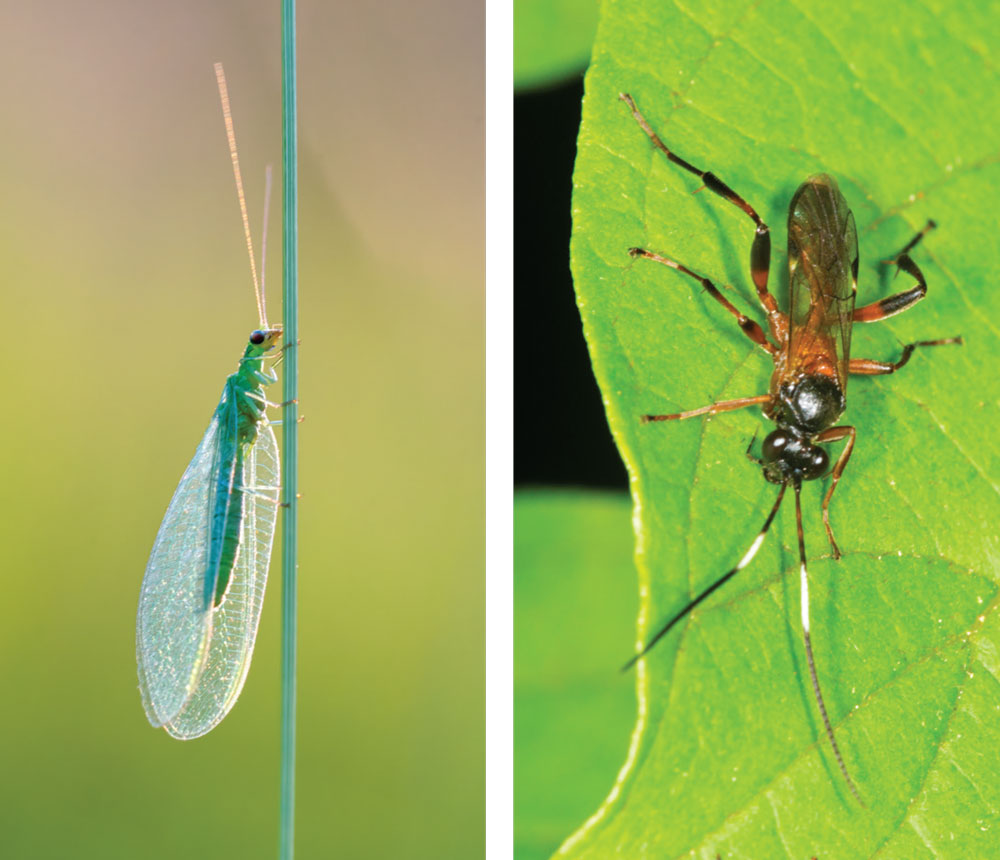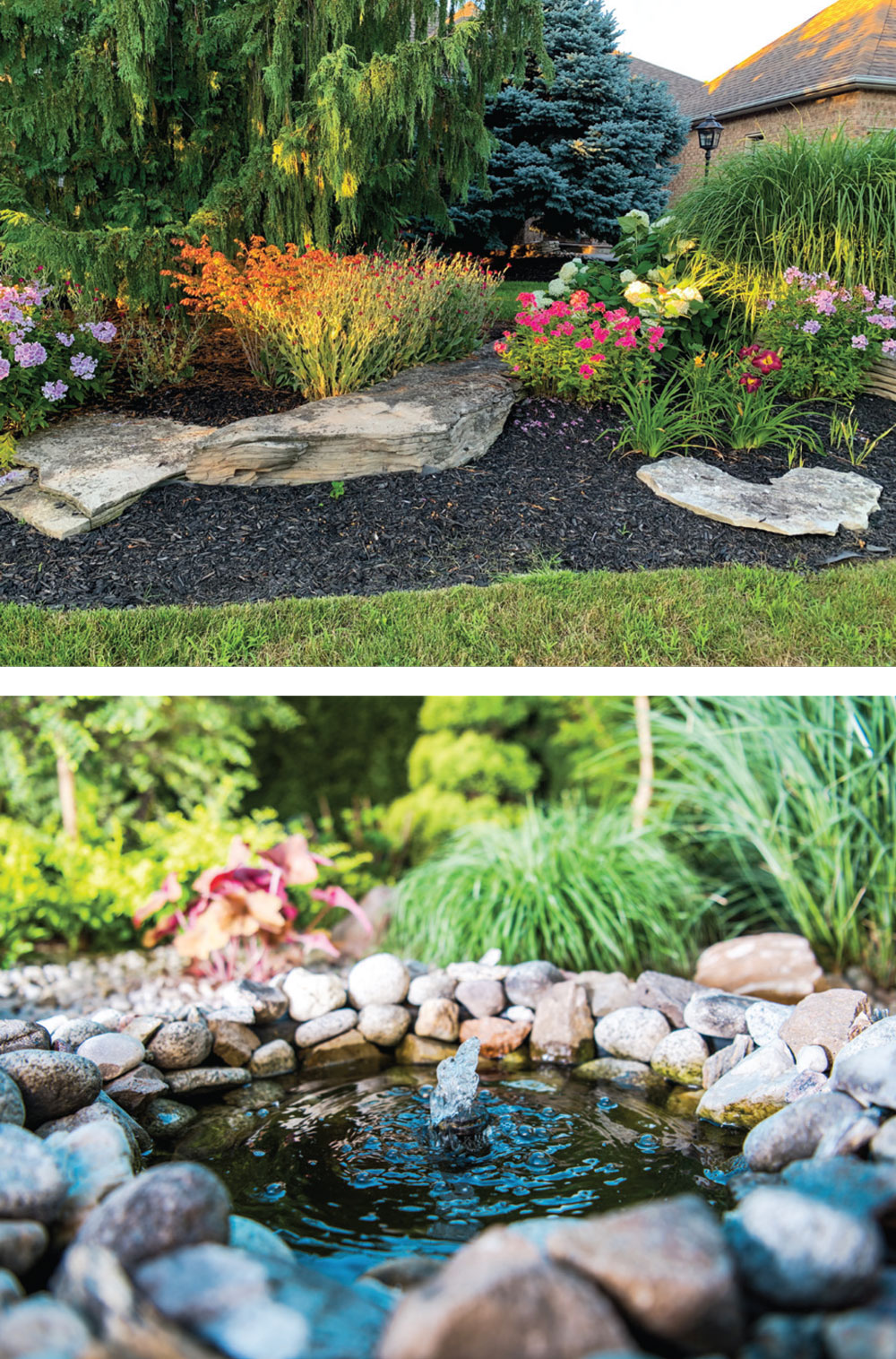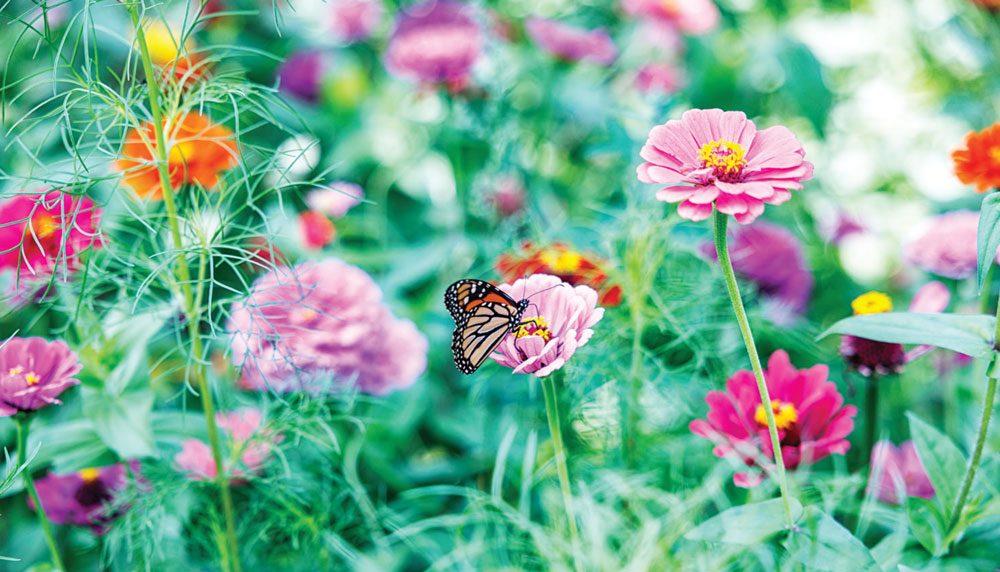GARDEN HEROES
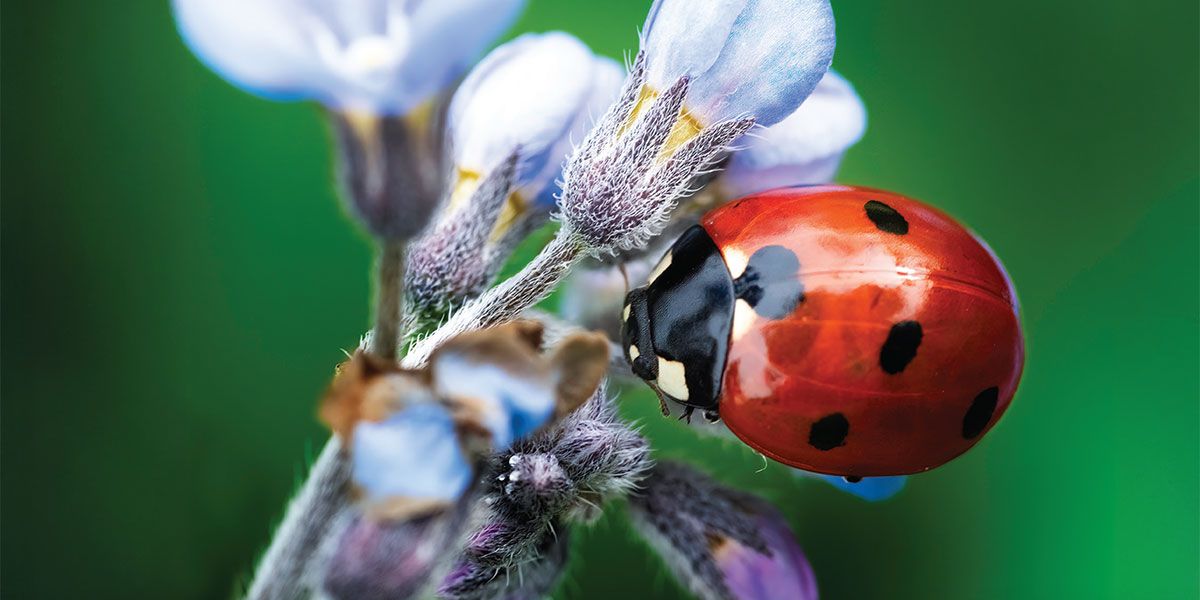
The tiny allies that transform your backyard
Remember the first time you spotted a ladybug as a child? That small red dome with black spots likely brought a smile to your face — and for good reason. That tiny visitor wasn’t just charming; it was on a mission to protect your garden. While many of us instinctively reach for spray bottles at the first sign of insects, some of these six-legged visitors are actually working tirelessly on our behalf.
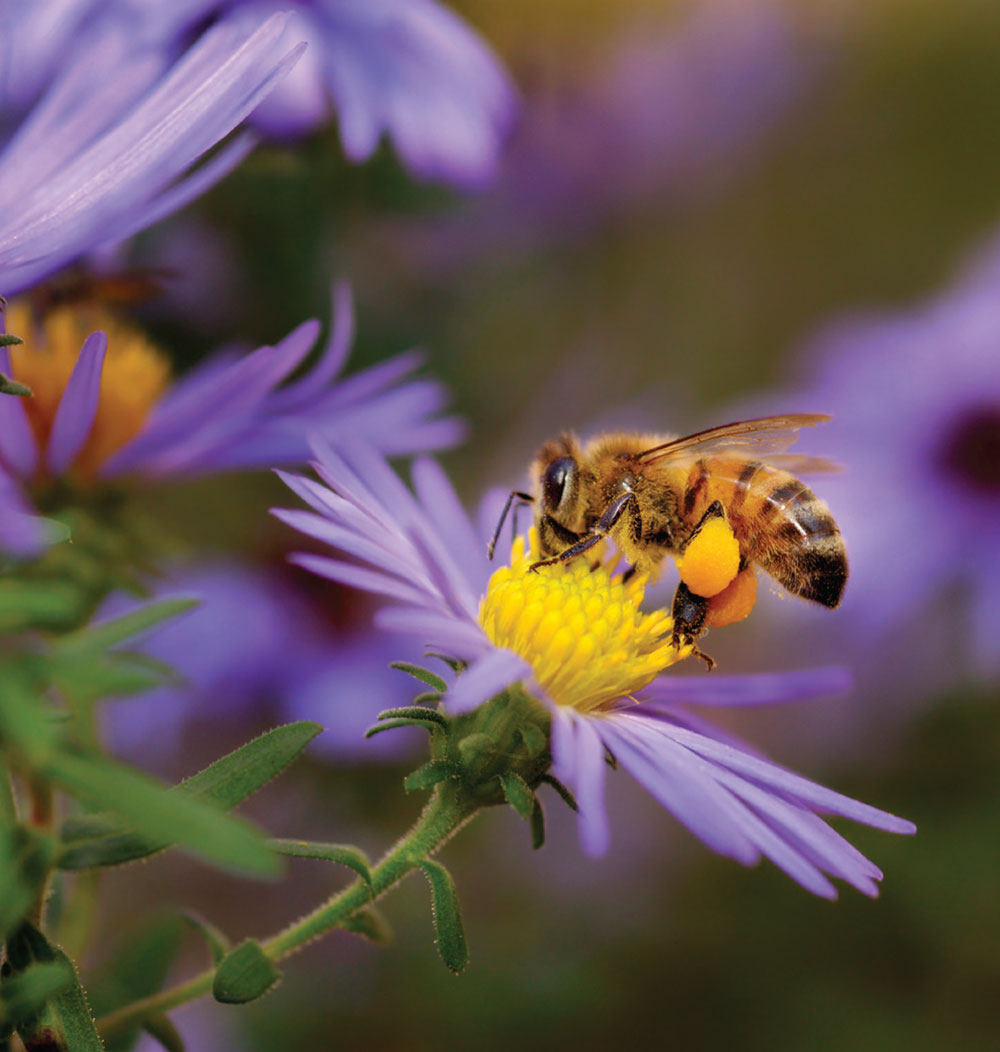 The secret life of beneficial insects
The secret life of beneficial insects
The unsung heroes of your garden fall into three distinctive categories, each playing a crucial role in maintaining balance:
- Pollinators transform your garden from merely green to gloriously productive. Butterflies, bees and certain beetles ensure your flowers bloom brilliantly and your vegetable plants produce abundant harvests.
- Predators act as your garden’s security team. Ladybugs, green lacewings and praying mantises patrol your plants, hunting down destructive pests before they can cause damage.
- Parasitoids might sound like science fiction, but these specialized insects (typically certain wasps) lay eggs on pest insects, controlling populations naturally — nature’s most elegant form of pest management.
Creating your insect sanctuary
Transforming your yard into a haven for beneficial insects is simpler than you might think:
EMBRACE DIVERSITY
Include flowering plants that bloom in different seasons, mix heights and textures and incorporate native species whenever possible. Plants like yarrow, coneflower, cosmos and dill are particularly attractive to helpful insects.
DESIGNATE A WILD ZONE
Allow a corner of your yard to remain slightly untamed. Leaf litter, fallen branches and unmowed patches create crucial shelter for overwintering insects. Click here to read more about chaos gardens.
PUT DOWN THE SPRAY
Even organic pesticides don’t discriminate between helpful and harmful insects. Focus instead on building plant health through proper soil care and appropriate watering. Healthy plants naturally resist pest pressure.
ADD WATER FEATURES
A shallow dish with pebbles and fresh water provides a crucial drinking station for pollinators. For more impact, consider a small pond — it will attract dragonflies while creating a focal point for your outdoor space.
PLAN FOR CONTINUOUS BLOOMS
Early spring bulbs, summer perennials and late-blooming asters ensure there’s always something on the menu for beneficial insects.
Buying beneficial insects
When pest problems surge faster than natural predators can respond, purchasing beneficial insects offers a quick solution.
- Ladybugs arrive in mesh bags, ready for evening release when temperatures cool. Mist your plants first, giving them both water and incentive to stay.
- Green lacewing eggs come on cards you can hang throughout your garden. When they hatch, the larvae immediately begin hunting.
- Praying mantis egg cases resemble small, tan foam balls. Hang them in shrubs where they’ll hatch when temperatures warm, releasing dozens of tiny hunters.
Success tip: Released insects stay put only when your garden offers what they need: food, water and shelter. Create the right environment before bringing in reinforcements.
Sharing wonder with children
Few things capture a child’s imagination like watching a caterpillar transform or seeing a ladybug take flight. Start a bug journal where kids can sketch their observations. Create a butterfly garden together, planting milkweed for monarchs and watching their complete lifecycle unfold. Hold evening “moth parties” by hanging a white sheet and shining a flashlight on it. Children who learn to see insects as fascinating rather than frightening develop a deeper connection to the natural world and become environmental stewards.
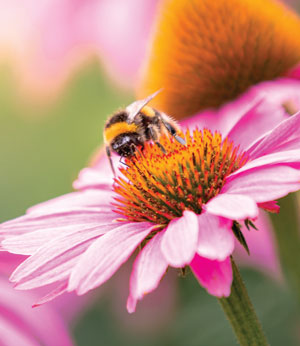 The bigger picture
The bigger picture
When you welcome beneficial insects, you’re creating a functioning ecosystem where balance replaces constant intervention. As butterfly populations struggle nationwide, your milkweed patch becomes a crucial refueling station. As native bee species face habitat loss, your flowering plants provide essential resources.
The transformation doesn’t happen overnight. A thriving beneficial insect population builds gradually as your yard becomes known as a place worth visiting. But the rewards — fewer pest problems, better pollination and moments of unexpected wonder — make the patience worthwhile.
After all, there’s something profoundly satisfying about working with nature rather than against it. And it all starts with welcoming rather than fearing the buzz, flutter and gentle movements of the tiny allies all around us.
Top 5 plants that can attract beneficial insects
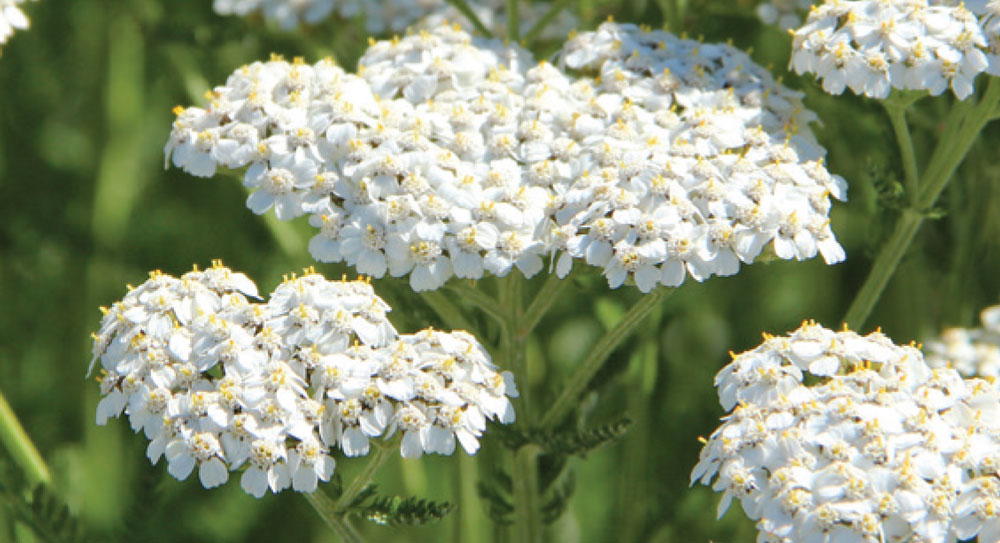 Yarrow (Achillea millefolium): Flat-topped flowers perfect for tiny beneficial insects
Yarrow (Achillea millefolium): Flat-topped flowers perfect for tiny beneficial insects
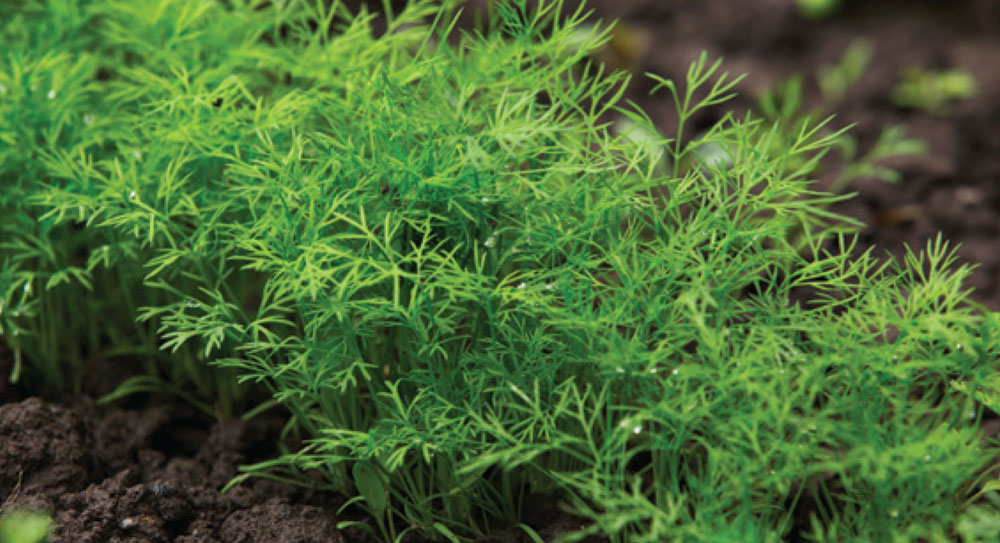 Dill (Anethum graveolens): Attracts ladybugs and also provides food for swallowtail butterfly caterpillars
Dill (Anethum graveolens): Attracts ladybugs and also provides food for swallowtail butterfly caterpillars
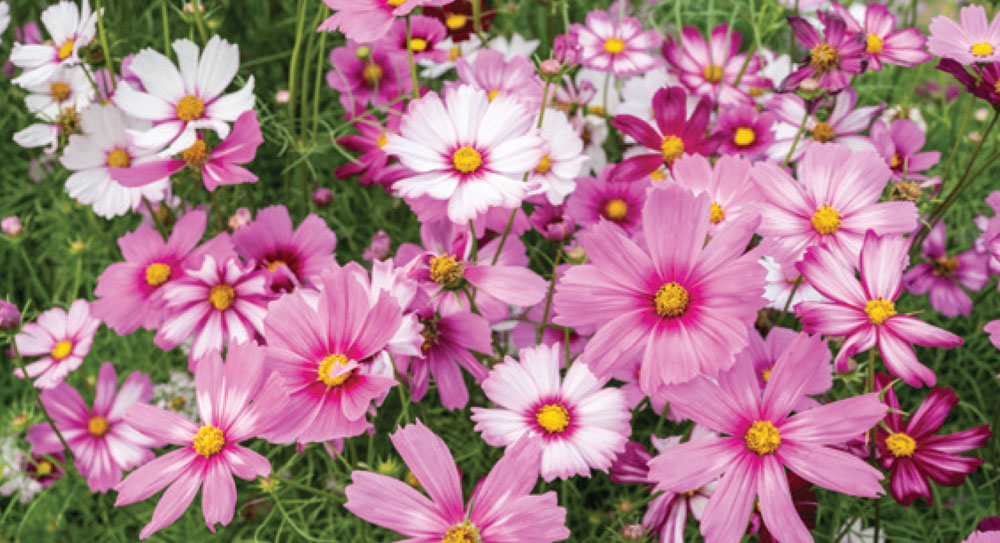 Cosmos (Cosmos bipinnatus): Easy-growing annual that brings in both pollinators and predatory insects
Cosmos (Cosmos bipinnatus): Easy-growing annual that brings in both pollinators and predatory insects
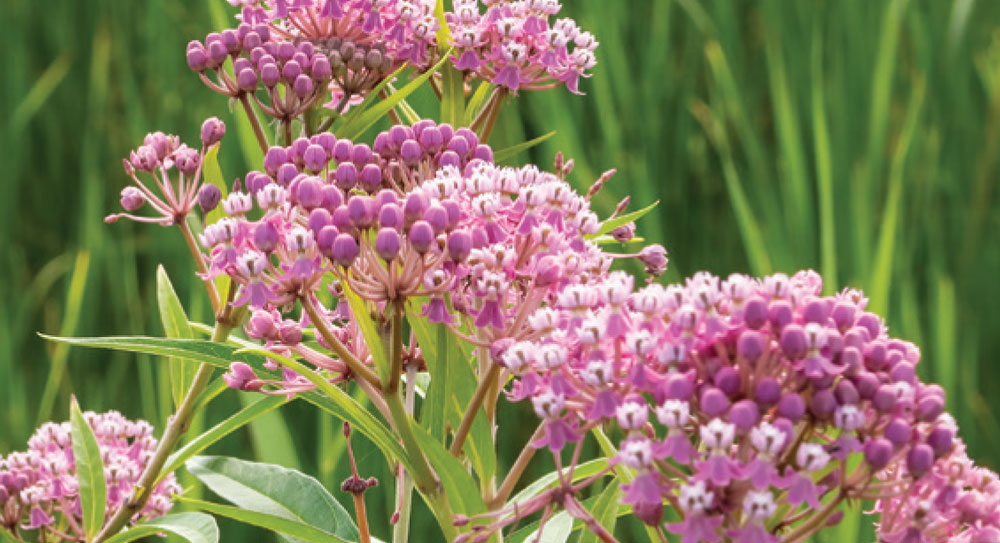 Milkweed (Asclepias spp): An essential plant for monarch butterflies and attractive to many pollinators
Milkweed (Asclepias spp): An essential plant for monarch butterflies and attractive to many pollinators
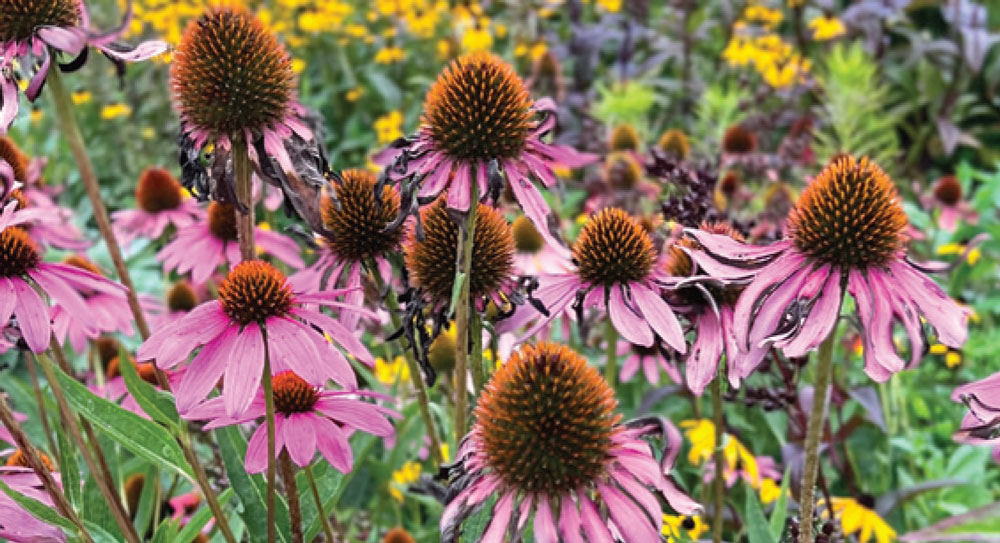 Purple Coneflower (Echinacea purpurea): Long-blooming perennial that supports bees and butterflies
Purple Coneflower (Echinacea purpurea): Long-blooming perennial that supports bees and butterflies
Your Garden’s MVPs
Each beneficial insect brings unique talents to your outdoor space:
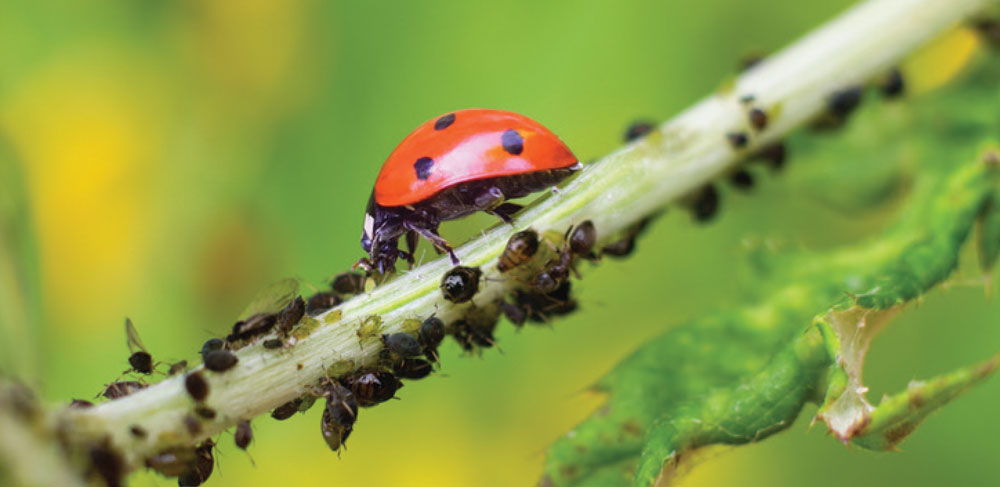 Ladybugs are superheroes in disguise. A single ladybug can consume up to 5,000 aphids during its lifetime, protecting your roses and vegetable plants from these sap-sucking pests.
Ladybugs are superheroes in disguise. A single ladybug can consume up to 5,000 aphids during its lifetime, protecting your roses and vegetable plants from these sap-sucking pests.
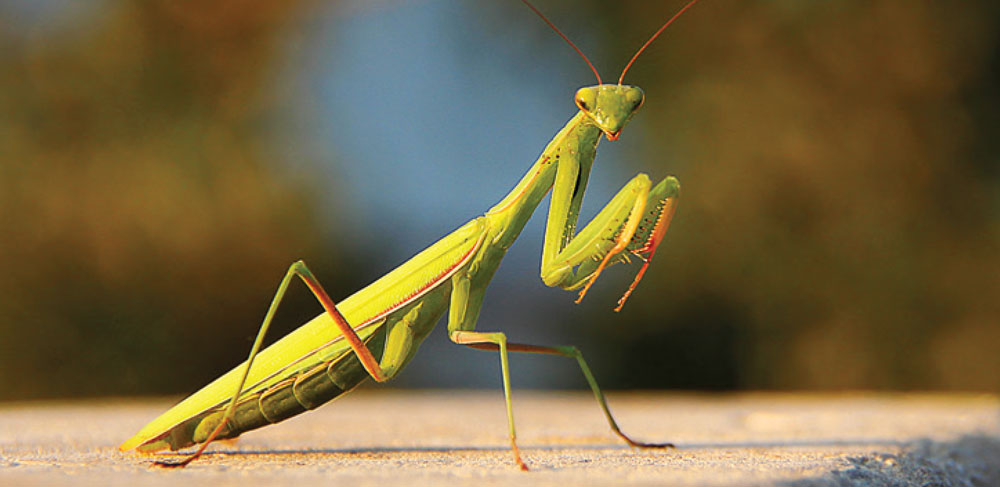 Green lacewings may look delicate, but their larvae have earned the nickname “aphid lions” for their voracious appetite, tackling everything from mites to small caterpillars.
Green lacewings may look delicate, but their larvae have earned the nickname “aphid lions” for their voracious appetite, tackling everything from mites to small caterpillars.
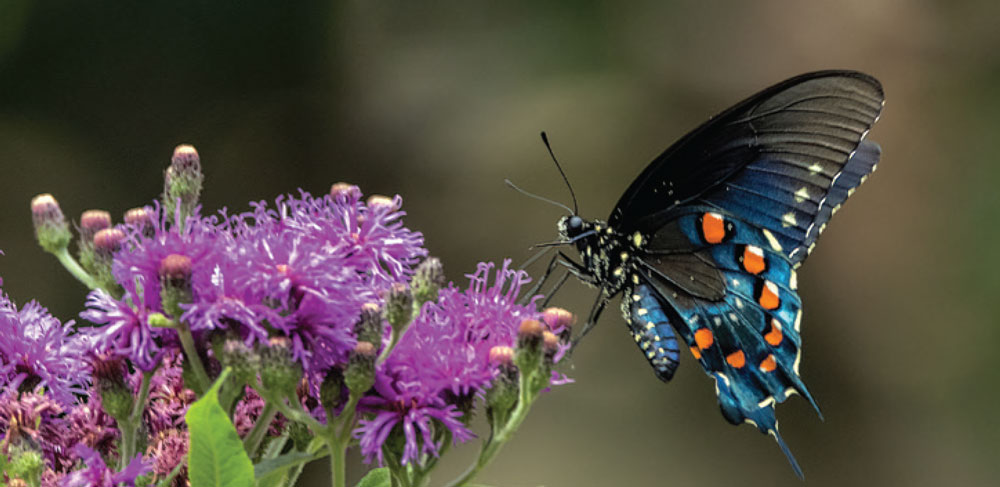 Praying mantises are master ambush predators. Their distinctive front legs can snatch flying insects mid-air, and they’ll eat almost anything that moves through your garden.
Praying mantises are master ambush predators. Their distinctive front legs can snatch flying insects mid-air, and they’ll eat almost anything that moves through your garden.
 Dragonflies are exceptional mosquito hunters, making summer evenings more enjoyable while bringing aerial grace to your garden space.
Dragonflies are exceptional mosquito hunters, making summer evenings more enjoyable while bringing aerial grace to your garden space.
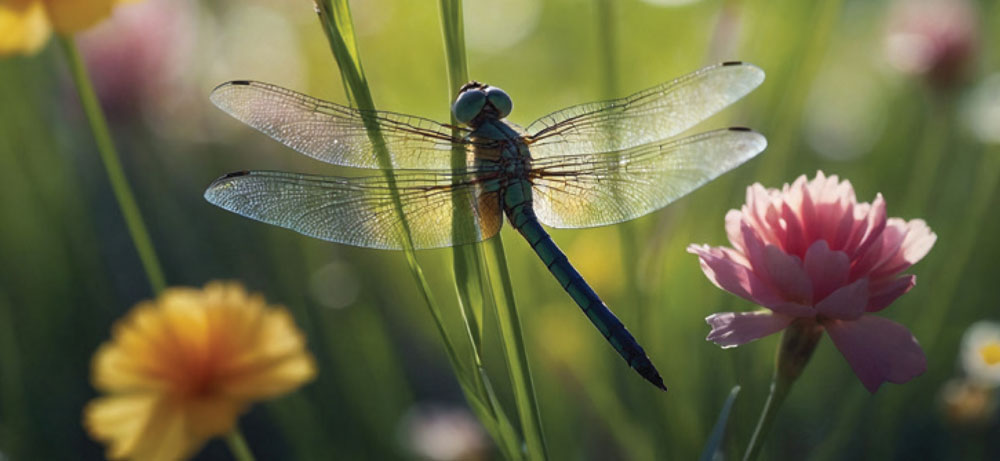 Butterflies bring both beauty and function. As they sip nectar, they transfer pollen between flowers, ensuring robust blooms and healthy plant reproduction.
Butterflies bring both beauty and function. As they sip nectar, they transfer pollen between flowers, ensuring robust blooms and healthy plant reproduction.
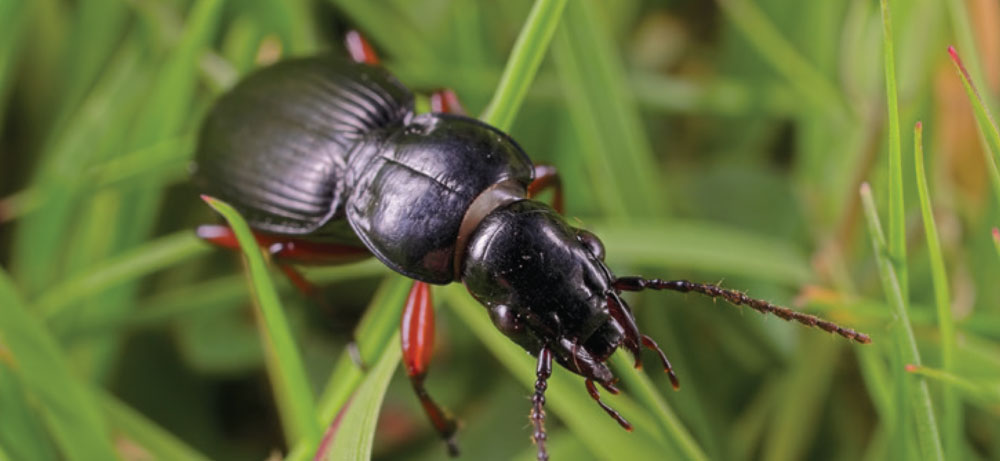 Ground beetles and spiders may not win beauty contests, but their nocturnal hunting of slugs, snails and soil pests keeps your garden healthy from the ground up. ✦
Ground beetles and spiders may not win beauty contests, but their nocturnal hunting of slugs, snails and soil pests keeps your garden healthy from the ground up. ✦
beneficial insects, insect sanctuary, parasitoids, pollinators, predators
